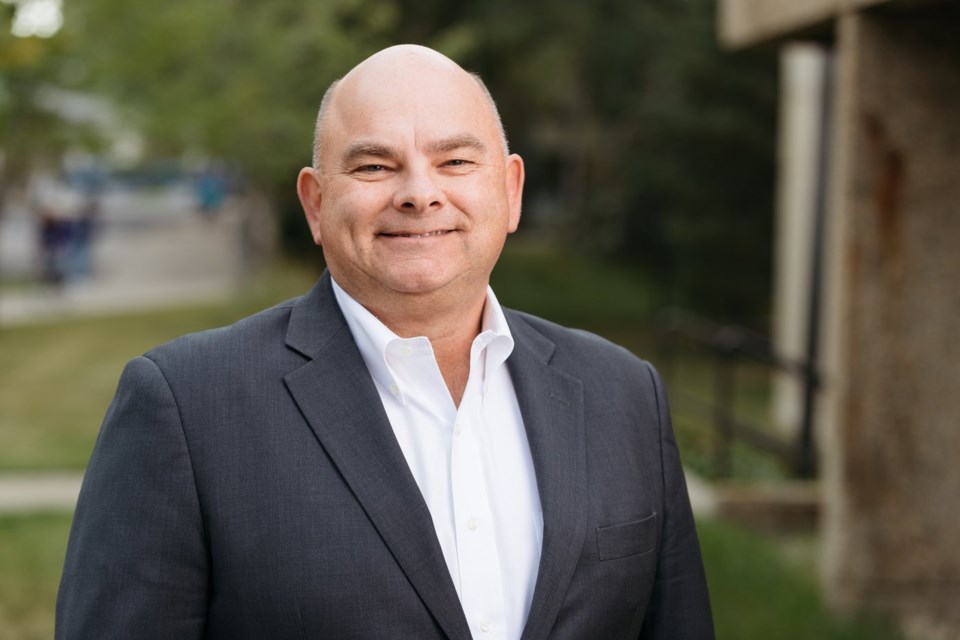Most young people engage with insurance only when legally required — auto, tenant, or home insurance.
Typical advice for saving on these types include shopping around, bundling with other kinds of insurance, and raising your deductible to lower premium payments.
You can also ask for discounts, according to the Insurance Bureau of Canada: if you are mortgage-free, claims-free, or have upgraded your home against fire and flooding, you can likely get a better deal on your home insurance.
For drivers, installing a theft deterrent or a usage-based insurance app which tracks your driving habits can reduce your auto premiums. Keeping a clean driving record is also key, the bureau advises. Your broker or insurer can help find savings within your policy.
Non-mandatory insurance is a lesser-known game, however.
In terms of other valuable items worth protecting, there’s your health, your ability to work, and your life.
And young people are vastly underinsured, said Kenneth Doll, a Calgary-based financial planner with Wealth Architects and a life insurance consultant who offers fee-based advice.
“It’s like many things in life — there needs to be a trigger,” he said. “There needs to be an event that takes place that leads them to purchase insurance. It could be buying a house, having children, getting married.”
Or sometimes there will be a tragic event that spurs them, said Rob Tétrault, head of the Tetrault Wealth Advisory Group at CG Wealth Management, in Winnipeg.
Perhaps a friend dies and their spouse is left without insurance, he pointed out, and a young family to support alone.
“Most people need a push in order to get insurance,” Tétrault said. “And then they’ll say, ‘What happens to my kids if that happened to me?’
“Insurance doesn’t feel urgent, right? It’s just something that’s on the back burner, kind of like making a will. Until it’s too late, and then one day you’re not insurable.”
The unfortunate part of young people being underinsured, he added, is that’s when insurance is the cheapest — premiums are based on age and health.
For life insurance, there’s term and permanent coverage, Doll said.
Term life insurance expires after a set time, making premiums more affordable. A common term is 20 years, Doll explained, which is usually purchased once someone is responsible for someone else — a spouse, or children. If an income-earner dies, the mortgage still needs to be paid, the children still need to be raised.
“The thinking is: after 20 years, the children will be somewhere around 20, and their mortgage will be close to paid off,” Doll said. “So at the end of the term, they may let [the policy] go. They may think, ‘We made it through, nothing happened.’”
Renewing for another term is possible but more expensive since you are older, he said.
Permanent insurance lasts the rest of your life and is more costly. You can also structure your coverage with a bit of both, Doll said — buying a small permanent policy for $100,000 when you’re young and it’s cheaper, and then a term policy for $900,000 when you have kids.
Your coverage when you need it most — children are young, paying down the house — would total $1 million.
“As people go through the different stages of life, life insurance changes its purpose along with you,” Doll said. “As people approach retirement, permanent insurance becomes an important conversation because people want to have some insurance for the rest of their life.
“It’s also the most cost effective way to pay capital gains taxes upon death. So it becomes an estate planning tool after about age 55 or 60.”
Disability insurance also replaces income if you are unable to work, while critical illness insurance provides a lump sum payment upfront if you become sick, Tétrault said. This lump sum can be used for flights, medical treatments, and breaks from work.
“Think of high-earning professionals — dentists, lawyers, doctors — they typically have [disability insurance] in place,” Tétrault said. “If they fall ill, or their back goes, then they’ll have income replacement.”
When a family member was diagnosed with cancer, Tétrault said critical illness insurance helped pay for flights to the Mayo Clinic for a second opinion, as well as treatments.
Financial professionals can advise clients on insurance needs, Tétrault said, noting that insurance is often part of a broader financial plan: “to mitigate risk, to protect capital, to reduce taxes, to ease an estate transfer.”
It’s worth talking to your partner about what life would look like if one person passed away or was unable to work.
“If it’s a complete disaster, and there’s no way you’re paying the mortgage, and you’d have to sell, or maybe you can’t even pay your rent — just have a conversation,” Tétrault said. “Insurance is usually very affordable at a young age.”
Although some jobs offer life or disability insurance as part of their benefits, they are often not enough to replace income for many years, Doll said.
When asking people how big a lottery win would allow them to retire, Doll pointed out most people say $2 million or $3 million. But when talking about life insurance, they think $200,000 coverage or that workplace benefits is enough.
“The number should be the same as the lottery, because you’re dying, you’re not coming back,” Doll said. “You’re not earning another penny.”
This report by The Canadian Press was first published May 13, 2025.
Nina Dragicevic, The Canadian Press



